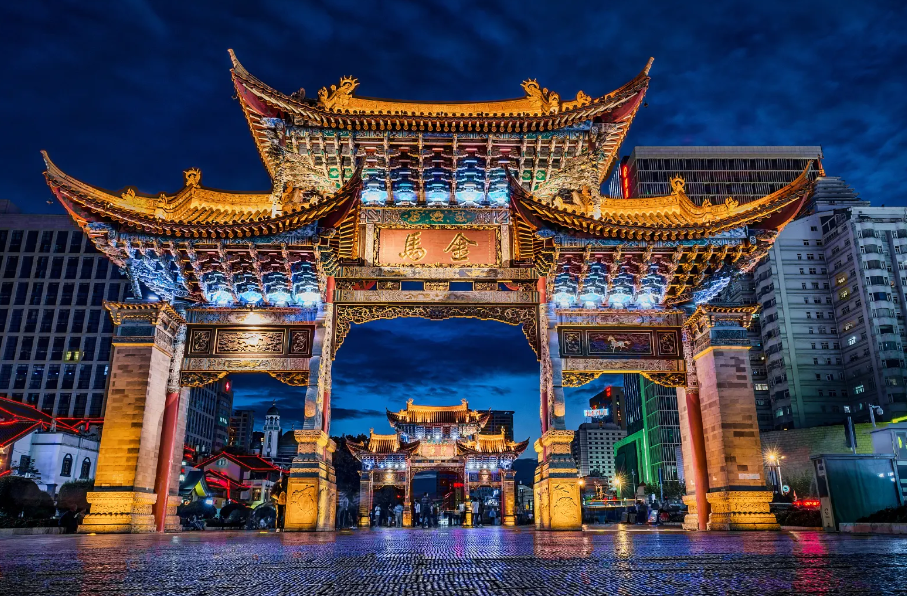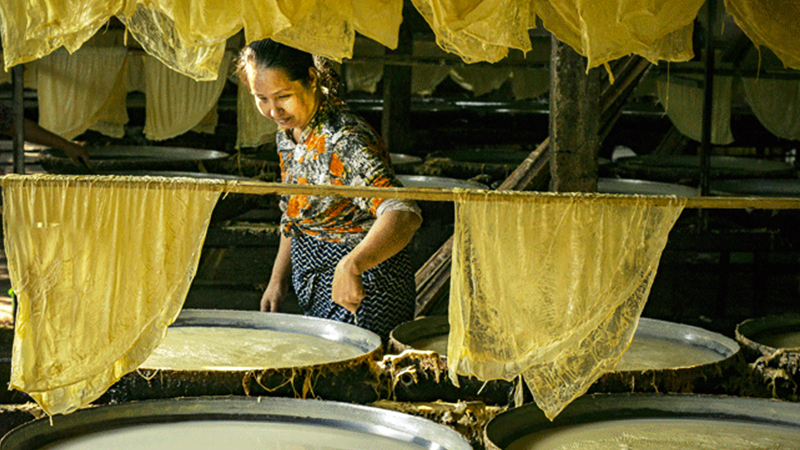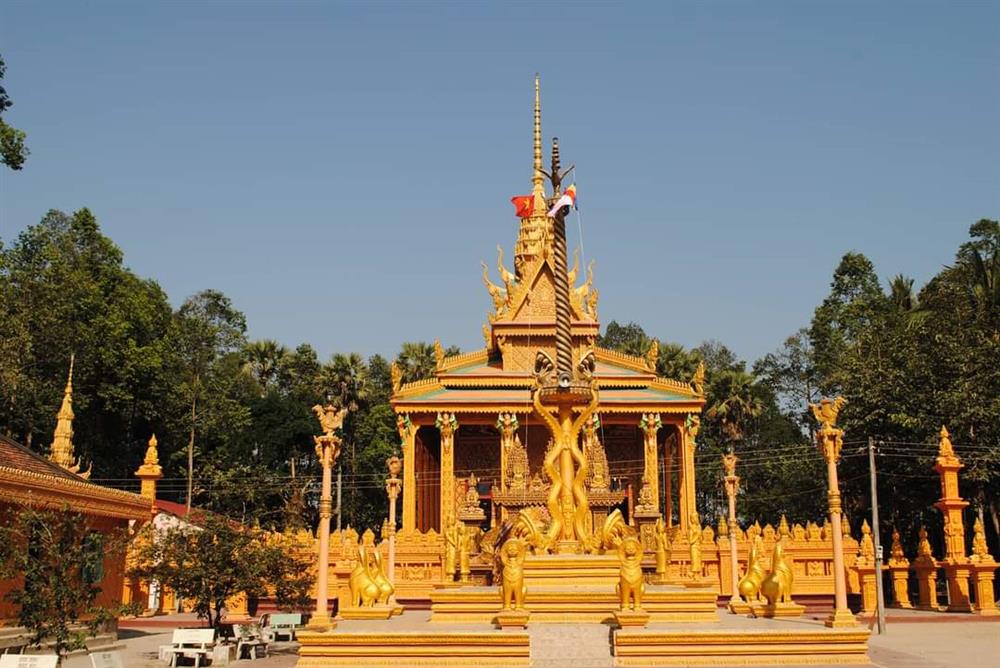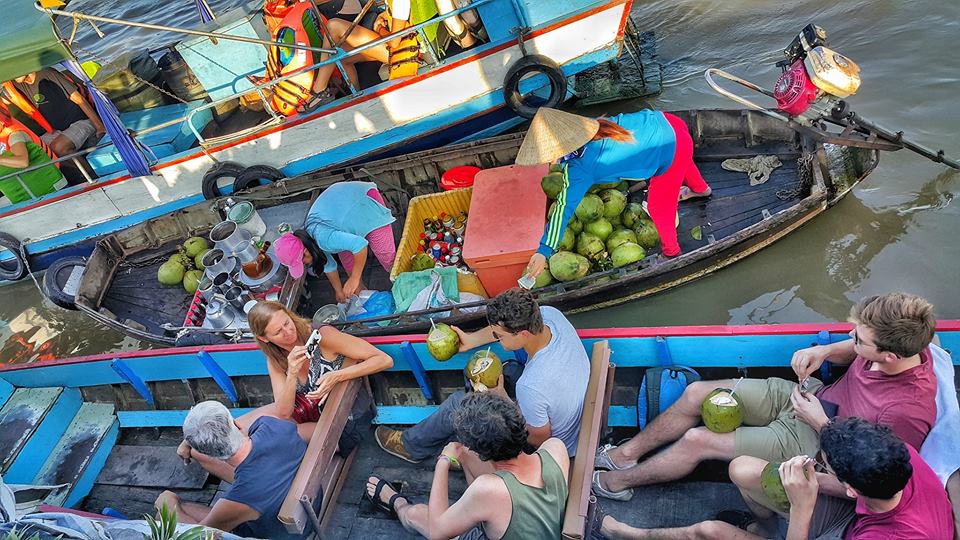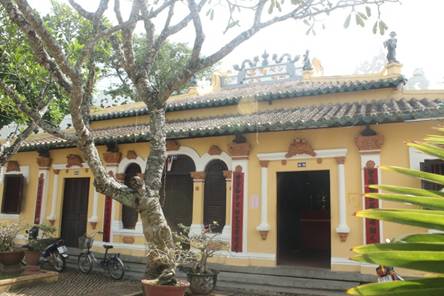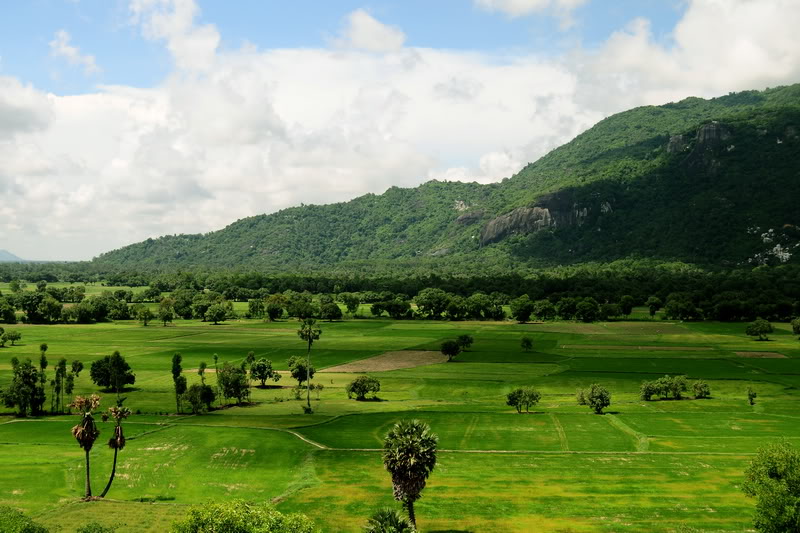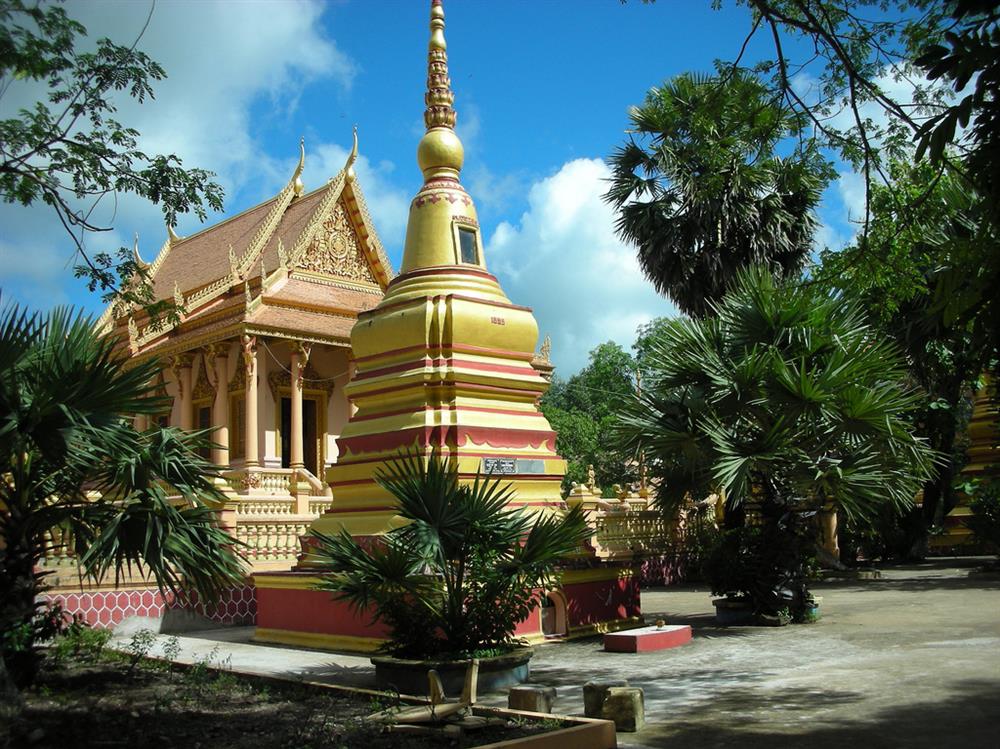A coastal area of interlocking rock columns called Ghenh Da Dia in Phu Yen Province has been labeled a 'special national site'.
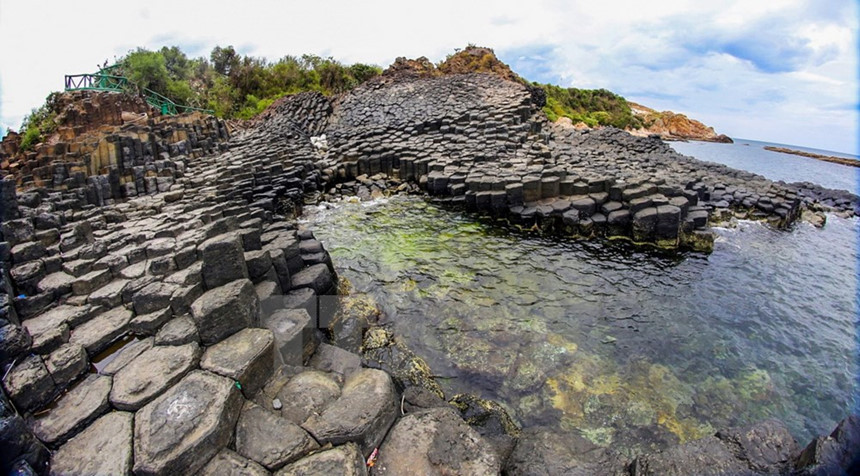
Ghenh Da Dia is a tourist attraction in Tuy An District of the south central province. It is 50 meters wide and stretches more than two kilometers along the coast.
The site includes a smooth, crescent-shaped white sand beach three kilometers long. The hexagonal or circular rock columns are all evenly interlocked.
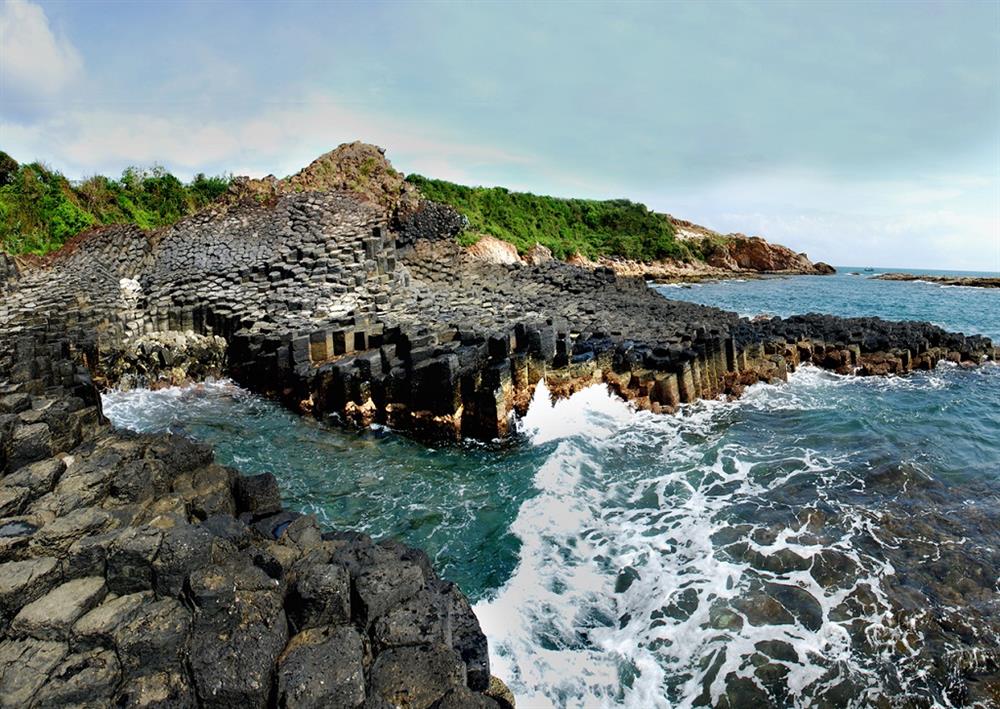
Around the world, a number of other famous destinations with similar rock formations include the Giant's Causeway in Ireland, Los Organos in Spain and the Fingal's Cave in Scotland.
According to Phu Yen Geography, a book appraised by the UNESCO Center for Vietnamese Historical and Cultural Information, Ghenh Da Dia consists of basalt, formed during volcanic activity on Van Hoa Plateau.
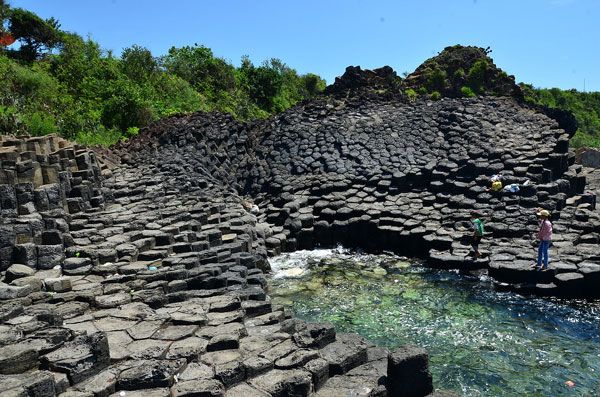
Nearly 200 million years ago, lava suddenly met cold seawater, causing it to immediately solidify and create a giant block of rock. The block eventually cracked along the veins, forming columns, with horizontal fissures simultaneously dissecting the stone columns.
In 1998, the site was recognized as a 'national landscape' by the Ministry of Culture, Sports and Tourism.
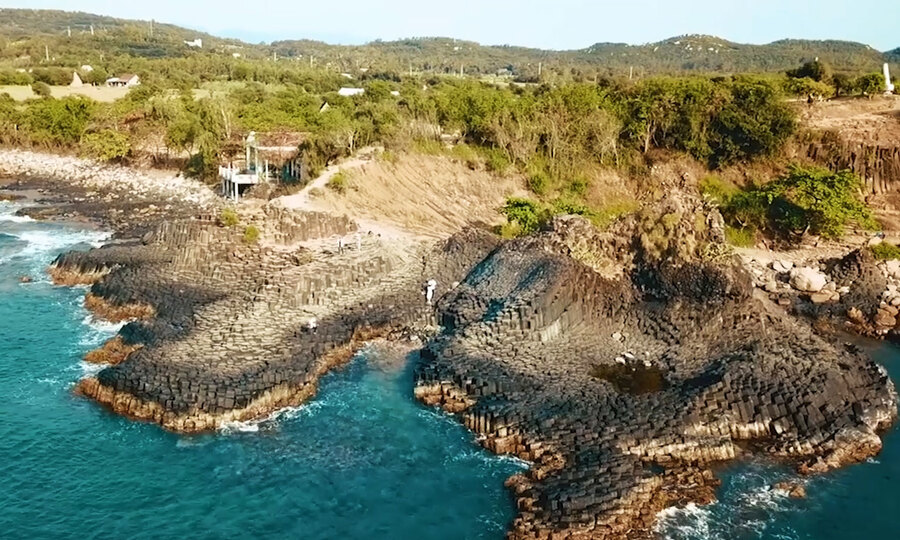
Six other sites similarly named by Prime Minister Nguyen Xuan Phuc include the Monument of President Ho Chi Minh in Thua Thien-Hue Province; An Xa Temple in Hung Yen Province; Ha Hiep Communal House in Phuc Tho District, Hanoi; and the tomb and temple of Le Dynasty's General Nguyen Xi (1397-1465) in Nghe An Province.
The remaining two include Safe Zone II, a revolutionary base used prior to 1945, in Hiep Hoa District, Bac Giang Province; and Cai Chanh Military Base in Bac Lieu Province.








